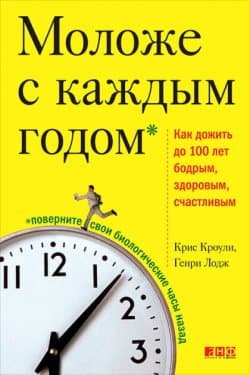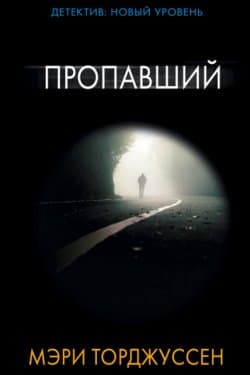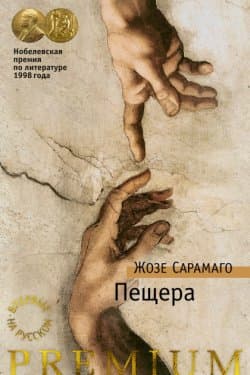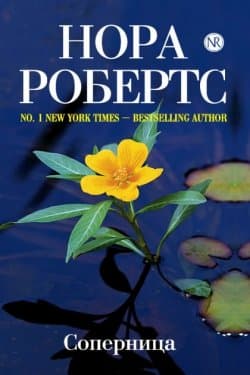Как мы ориентируемся - Маура О’Коннор (2021)
-
Год:2021
-
Название:Как мы ориентируемся
-
Автор:
-
Жанр:
-
Язык:Русский
-
Страниц:200
-
Рейтинг:
-
Ваша оценка:
Автор рассматривает вопросы, которые связаны с навыком ориентирования в пространстве у людей, животных. За счет чего животные способны мигрировать и ориентироваться с поразительной точностью? Каким образом наши предки расселились по всему миру? Маура О’Коннор задалась вопросом, что происходит, когда мы полаемся на навигацию в гаджете, предыдущим навигационным приборам? Что конкретно делает человек во время ориентирования на местности? Чем и почему мы отличается от китов, птиц, пчел? Каким образом повлияли на наше передвижение по миру и представление о своем месте в нем скорость, удобство, технологии? Материал для книги был собран из разных областей знаний и позволил открыть удивительную историю происхождения способностей человека к ориентированию.
Как мы ориентируемся - Маура О’Коннор читать онлайн бесплатно полную версию книги
Nuttall Peter Roger. Sailing for Sustainability: The Potential of Sail Technology as an Adaptation Tool for Oceania; A Voyage of Inquiry and Interrogation through the Lens of a Fijian Case Study // PhD thesis, Victoria University of Wellington, New Zealand, 2013.
O’Grady Cathleen. Spatial Reasoning Is Only Partly Explained by General Intelligence // Ars Technica, February 24, 2017.
O’Keefe J., and J. Dostrovsky. The Hippocampus as a Spatial Map: Preliminary Evidence from Unit Activity in the Freely-Moving Rat // Brain Research 34, № 1 (November 1971). P. 171–175.
O’Keefe John. Biographical // The Nobel Foundation, 2014. https:// www. nobelprize.org/nobel prizes/medicine/laureates/2014/okeefe-bio.html.
O’Keefe John, and Lynn Nadel. The Hippocampus as a Cognitive Map. Oxford/N. Y.: Clarendon Press/Oxford University Press, 1978.
Oudgenoeg-Paz Ora, Paul P. M. Leseman, and M. (Chiel) J. M. Volman. Can Infant Self-Locomotion and Spatial Exploration Predict Spatial Memory at School Age? // European Journal of Developmental Psychology 11, № 1 (January 2, 2014). P. 36–48.
Palmer Jason. Human Eye Protein Senses Earth’s Magnetism // BBC News, 2011.
Parush Avi, Shir Ahuvia, and Ido Erev. Degradation in Spatial Knowledge Acquisition When Using Automatic Navigation Systems // In Spatial Information Theory. P. 238–254.
Lecture Notes in Computer Science. Berlin: Springer, 2007.
Patzke Nina, Olatunbosun Olaleye, Mark Haagensen, Patrick R. Hof, Amadi O. Ihunwo, and Paul R. Manger.organization and Chemical Neuroanatomy of the African Elephant (Loxodonta Africana) Hippocampus // Brain Structure & Function 219, № 5 (September 2014). P. 1587–1601.
Pellegrini Anthony D., Danielle Dupuis, and Peter K. Smith. Play in Evolution and Development // Developmental Review 27, № 2 (June 1, 2007). P. 261–276.
Perkins Hetti. Art Plus Soul. Carlton, Victoria: The Miegunyah Press, 2010.
Peters Roger. Cognitive Maps in Wolves and Men // Environmental Design Research 2 (1973). P. 247–253.
Piaget Jean. The Construction of Reality in the Child. N. Y.: Routledge, 2013.
Piaget Jean, and Barbel Inhelder. The Child’s Conception of Space. Translated by F. J. Langdon and J. L. Lunzer. N. Y.: W. W. Norton, 1967.
Pilling Arnold R. Review of Review of Aboriginal Tribes of Australia: Their Terrain, Environmental Controls; Distribution, Limits, and Proper Names, by Norman B. Tindale // Ethnohistory 21, № 2 (1974). P. 169–171.
Plumert Jodie M., and John P. Spencer. The Emerging Spatial Mind. N. Y.: Oxford University Press, 2007.
Pollack Lisa. Historical Series: Magnetic Sense of Birds, www.ks.uiuc.edu, July 1, 2012. related.
Portugali Juval. The Construction of Cognitive Maps. Berlin: Springer Science & Business Media, 1996.
Praag Henriette van, Brian R. Christie, Terrence J. Sejnowski, and Fred H. Gage. Running Enhances Neurogenesis, Learning, and Long-Term Potentiation in Mice // Proceedings of the National Academy of Sciences of the United States of America 96, № 23 (November 9, 1999). P. 13427–13431.
Pravosudov Vladimir V., and Timothy C. Roth II. Cognitive Ecology of Food Hoarding: The Evolution of Spatial Memory and the Hippocampus // Annual Review of Ecology, Evolution, and Systematics 44, № 1 (2013). P. 173–193.
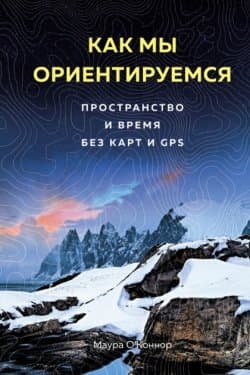
 Человек среди людей
Человек среди людей  Разум убийцы
Разум убийцы  Аскетизм 2
Аскетизм 2 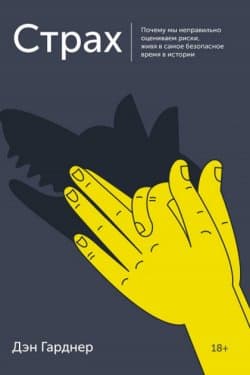 Страх
Страх 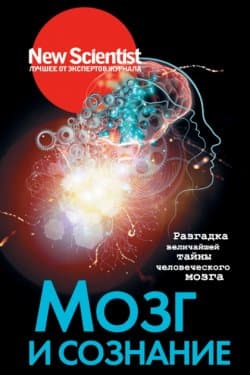 Мозг и сознание
Мозг и сознание 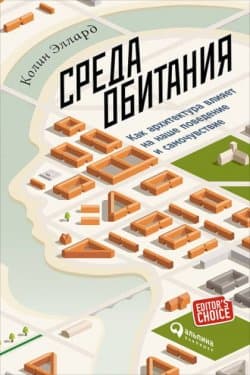 Среда обитания: Как архитектура влияет на наше поведение и самочувствие
Среда обитания: Как архитектура влияет на наше поведение и самочувствие  Пир теней
Пир теней  Князь во все времена
Князь во все времена  Когда порвется нить
Когда порвется нить  Пока я здесь
Пока я здесь 








